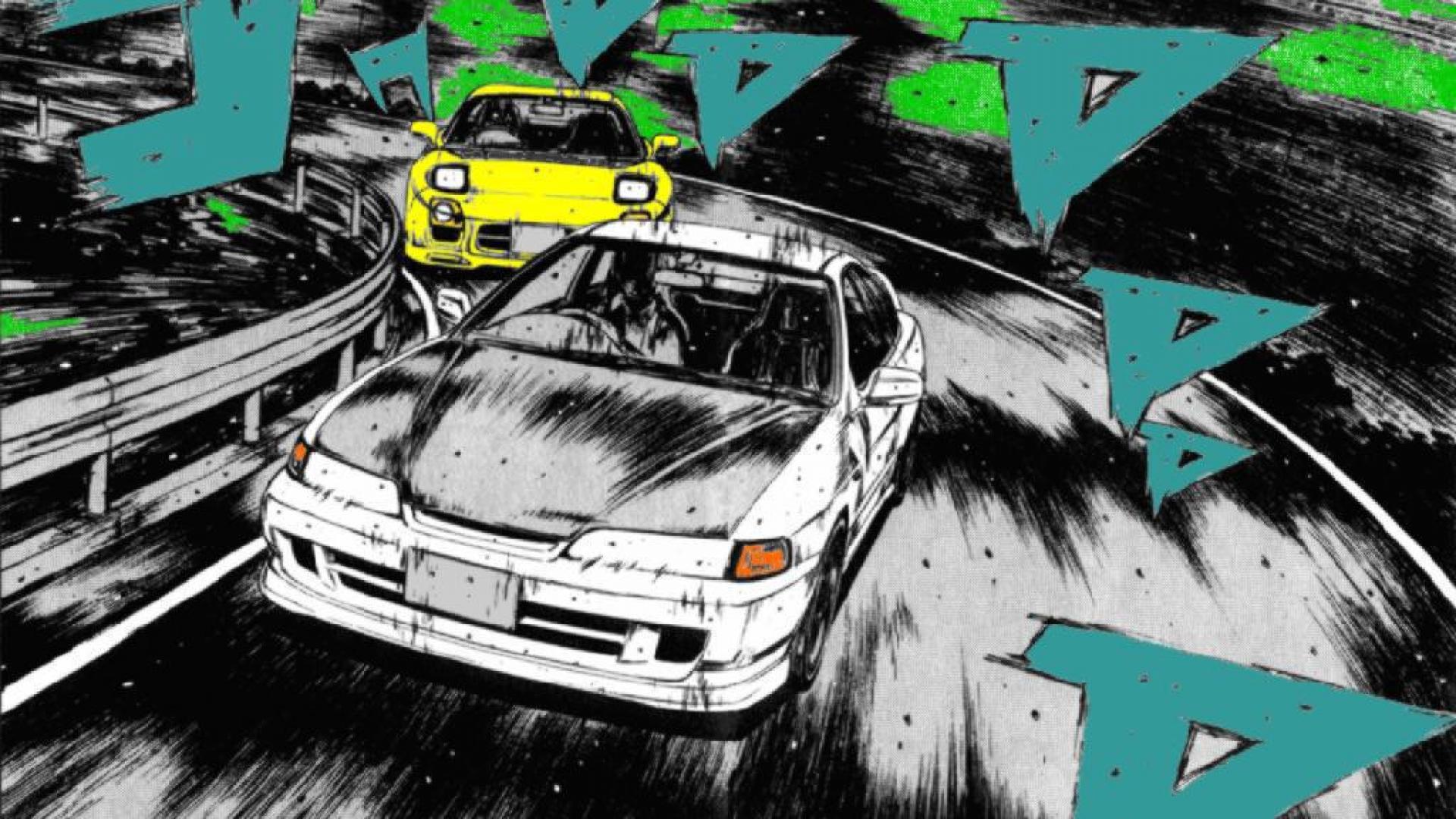

Problem: if you create an empty Unity project, insert a super simple UI and then build for Android (without changing the default settings), you'll get an APK of around 17 MB. This article will focus on how to provide a smaller one. Naturally, as Unity mobile developers, we would like to provide a smaller, faster and better game for our players. Great technique for exposure and marketing, but it needs to be under 15 MB. Seeing this, specially on the Play Store, was somewhat shocking to me because Google has always given me the impression that they take a lot of care in prioritizing size optimization (particularly on SEO and web page's download size).Įven more surprising because they, not so long ago, released a new feature called Google Play Instant, that allows users to try a game without installing or buying it beforehand. I was surprised to see that all the games were over 50 MB and, more than a couple, over 100. While browsing the Play Store, I came across a section called No space left? Small sized games (for some reason, my Google Play app is in Spanglish).

Beware of Third-Party Assets & Packages.Improving Unity's Default Player Settings.This article contains a compilation of different learning resources and personal experiences to help you achieve your size goal.

Creating this game pushed me into learning many tips & tricks about Unity build size optimization. This article covers part of the learning journey I took when developing the mobile game Rubix. I'll present to you the steps I took to downscale an empty Unity project from 17 MB to 6 MB. I will teach you how to get your Unity mobile game's build size under 15 MB, so you don't have problems building an Instant App for Google Play Store or an online WebGL version.


 0 kommentar(er)
0 kommentar(er)
